Automata Workshop
I copied this article, Anatomy of an Automaton over from my previous web site as it was always popular.

Choice of wood is important.
Beech is excellent for hardwearing parts needing strength like small cams, cam levers, linkage attachments
Birch ply is excellent for making parts which need to be stable without shrinkage or warping such as gear wheels and Geneva Wheel mechanisms.
Lime is a super wood for detailed carving.
Woods like cherry and yew add a decorative touch.
Pine is useful for cases, large cams and gear wheels and cam lever supports.
Beech is excellent for hardwearing parts needing strength like small cams, cam levers, linkage attachments
Birch ply is excellent for making parts which need to be stable without shrinkage or warping such as gear wheels and Geneva Wheel mechanisms.
Lime is a super wood for detailed carving.
Woods like cherry and yew add a decorative touch.
Pine is useful for cases, large cams and gear wheels and cam lever supports.
Dovetails are a neat way of making cases as they allow the automaton to be taken part during construction. They are structurally sound without gluing. Modern routers and jigs make them easy to cut.
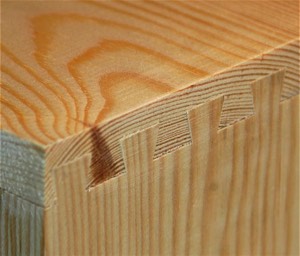
Simple pin gear mechanisms are very reliable if used with large gears. They would not drive a food mixer but work fine in a slow moving mechanism found in an automaton.
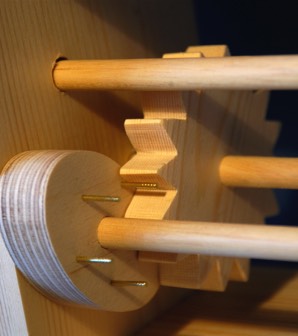
Cams hold information that is transmitted to the piece through cam followers.
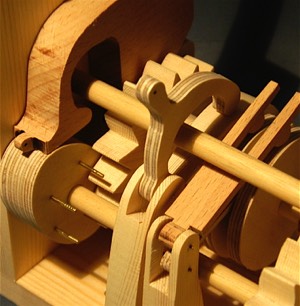
Intermittent movement is made possible with a Geneva Wheel. The pin engages the wheel only once per rotation leaving that axle static through the rest of the turn.
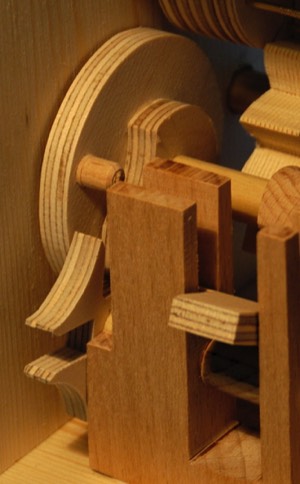
Very detailed carving is possible in lime wood.
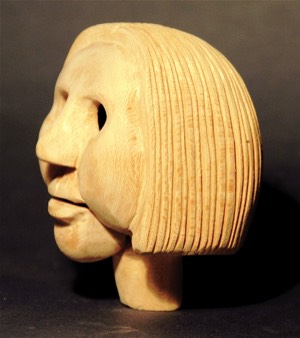
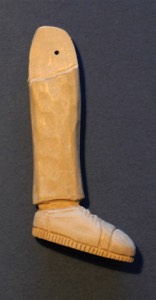
Acrylic paints give a durable and attractive finish if several coats are used, sanding between coats.
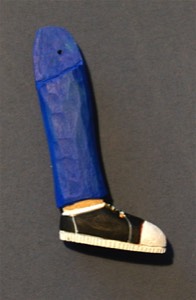
Backboards give a context to the piece. Painting can take a steady hand.
Transfer techniques also work very well.
Transfer techniques also work very well.
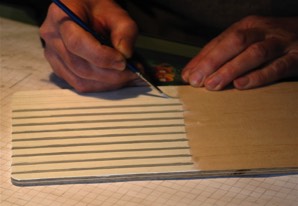
Here is the cam set for Quiet Contemplation of a Sandwich during construction.
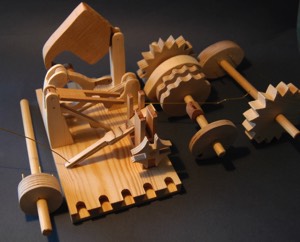
Crank handles are where person meets automaton and are worth spending some time on.
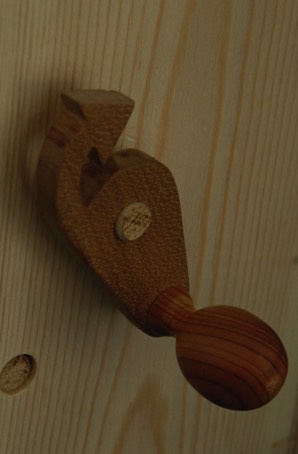
If you can build a bit of character into the finished piece, all the better.
